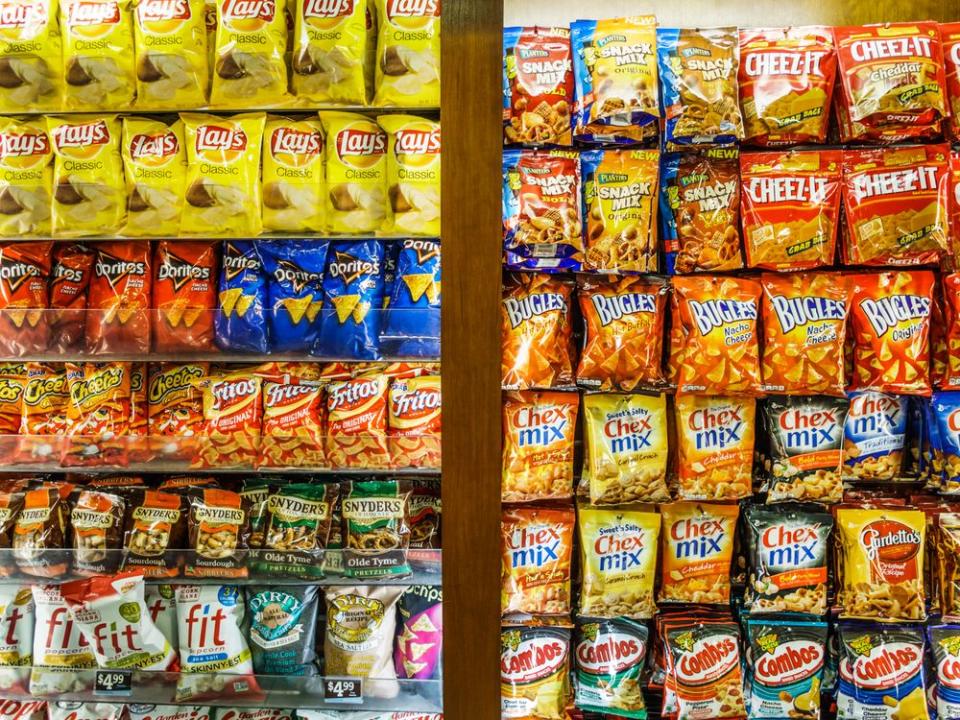New FDA Labels Have Nutrition Facts for Eating All the Servings
Who hasn’t lived this nightmare: You open a bag of chips with the intention of getting a quick snack, and before you know it, you’re picking at the tiny crumbs at the bottom. “What have I done?” you fret, flipping the package over to the Nutrition Facts to handle some quick caloric calculations on whether you should skip dinner. Thankfully, in your current salt coma, basic math fails you, and you hope for the best. But your days of relying on hope may soon be over: Starting this year, food brands will be required to tell you the nutritional information for eating an entire package on some foods.
On January 1, new FDA rules took effect changing the requirements for the Nutritional Facts panels on products sold by manufacturers with $10 million or more in annual food sales. (Small manufacturers have an additional year to comply.) Though the change addresses a number of issues with serving sizes, the most obvious difference will be “dual column labeling,” requiring a “per container” column to be listed alongside the usual “per serving” info on foods “that can reasonably be consumed in one meal or snack,” Claudine Kavanaugh, director of the Office of Nutrition and Food Labeling in the FDA’s Center for Food Safety and Applied Nutrition, said in a statement.

The hope is that giving consumers an at-a-glance opportunity to understand the impact killing off a package in one sitting will help them make healthier eating choices. And similarly, the FDA has also altered serving sizes to better reflect people’s eating habits to reduce the number of situations where a “serving” is one of those infamous situations where you’d be counting out an awkwardly small number of crackers.
“The new Nutrition Facts label has updated serving sizes for many foods,” Kavanaugh continued. “We know that Americans are eating differently, and the amount of calories and nutrients on the label is required to reflect what people actually eat and drink—not a recommendation of what to eat or drink. The new label, including this dual column layout, will drive consumers’ attention to the calories and Percent Daily Value of nutrients that they are actually consuming.”
But don’t necessarily expect to see the new labels landing on store shelves all at once. The FDA explains that, during the first six months, the agency “plans to work cooperatively with manufacturers to meet the new Nutrition Facts label requirements and will not focus on enforcement actions regarding these requirements during that time.”

